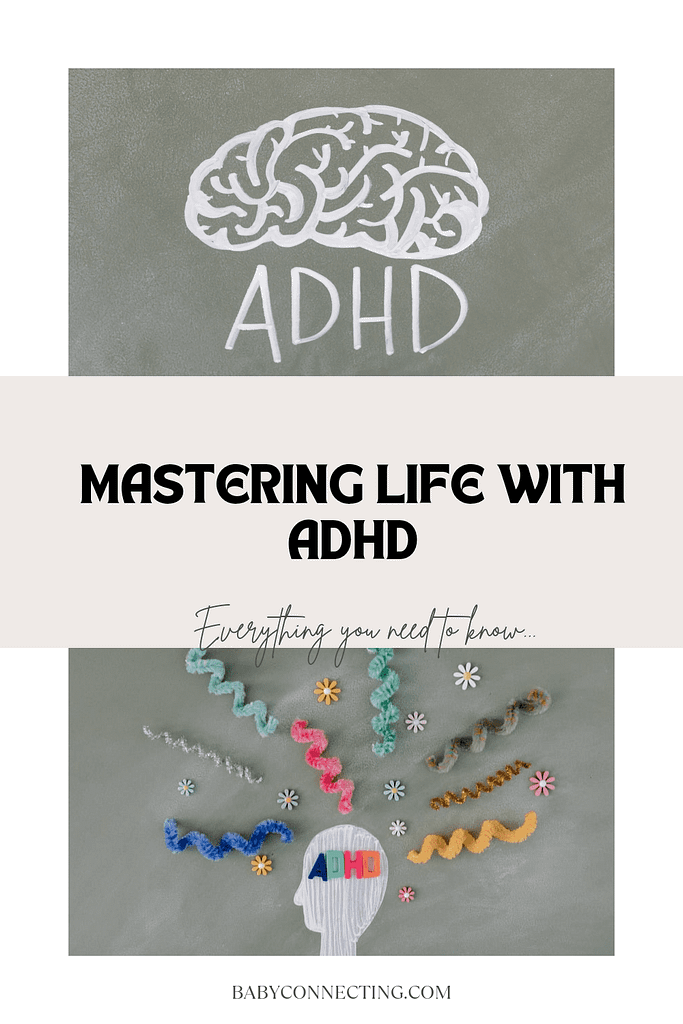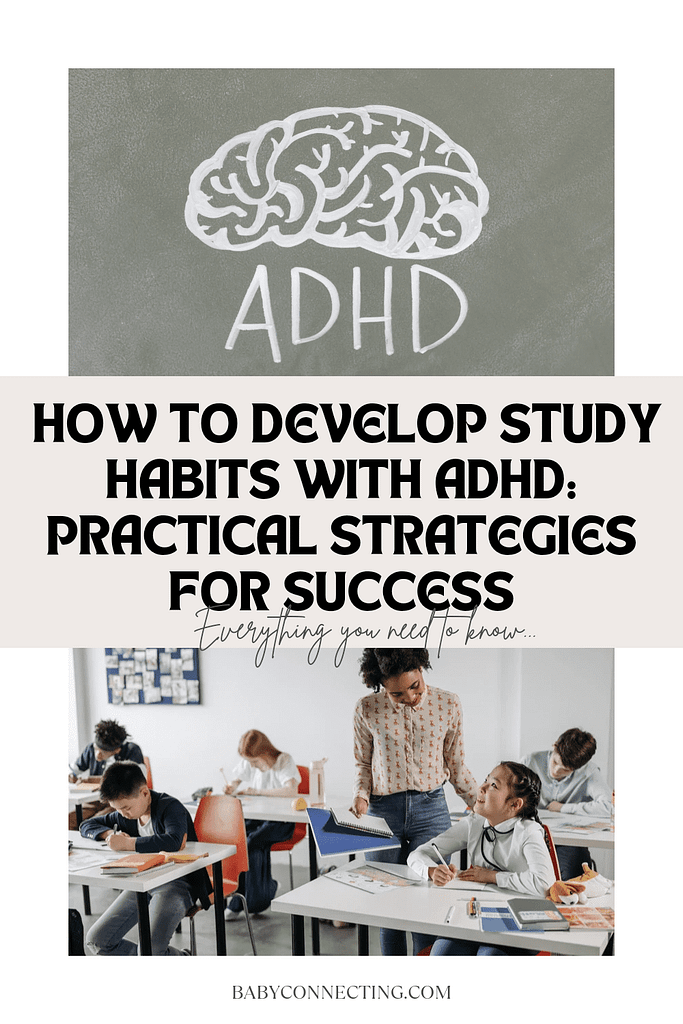“Navigating the Transition: When Do Toddlers Stop Napping? Signs and Strategies for Parents”
Introduction:
For parents of toddlers, the transition from multiple naps a day to no naps can be a significant milestone. Understanding when and how to navigate this transition is essential for ensuring a smooth adjustment for both parent and child. In this article, we’ll explore the signs that indicate when toddlers may be ready to stop napping, backed by research references, and provide practical tips to help parents manage this transition effectively.
When Do Toddlers Stop Napping?
The transition from napping to no napping varies from child to child and is influenced by factors such as age, individual sleep needs, and developmental stages. While some toddlers may continue napping until they are four or five years old, others may start resisting naps as early as two or three years old.
It’s essential for parents to observe their child’s behavior and sleep patterns to determine when they are ready to stop napping.
Signs That Your Toddler May Be Ready to Stop Napping:
1. Consistently Resisting Naptime:
If your toddler consistently refuses to nap or fights naptime, it may be a sign that they are ready to transition away from napping. Resistance to naps can manifest as tantrums, protests, or difficulty settling down for sleep during naptime.
2. Extended Wakefulness:
Toddlers who no longer need a nap may demonstrate increased alertness and activity during the day, even after skipping a nap.
They may exhibit sustained energy levels and remain engaged in activities without showing signs of tiredness or drowsiness.
3. Difficulty Falling Asleep at Bedtime:
Skipping naps during the day may lead to difficulty falling asleep at bedtime, as toddlers may not feel sufficiently tired to settle down for the night.
They may toss and turn in bed, take longer to fall asleep, or resist bedtime altogether.
4. Shortened or Skipped Naps:
Toddlers who are ready to transition away from napping may start taking shorter naps or skipping naps altogether without showing signs of overtiredness or crankiness. They may wake up early from naps or refuse to nap altogether.
5. Maintained Nighttime Sleep Patterns:
If your toddler continues to sleep well at night and maintains consistent nighttime sleep patterns even after skipping naps, it may indicate that they are ready to transition away from daytime napping. They may still get the recommended amount of sleep within a 24-hour period, but it may be consolidated into nighttime sleep.
Tips to Manage the Transition Away from Napping:
1. Gradual Transition:
Instead of abruptly eliminating naps, consider gradually reducing the length or frequency of naps to ease your toddler into the transition. Start by shortening naptime or limiting naps to every other day, gradually phasing out naps altogether.
2. Adjust Bedtime:
With the elimination of naps, your toddler may become more tired earlier in the evening. Adjusting bedtime slightly earlier can help ensure that they get enough nighttime sleep to compensate for the loss of daytime napping.
3. Establish Quiet Time:
Even if your toddler no longer naps, it’s essential to provide a period of quiet time during the day for rest and relaxation. Encourage activities such as reading, puzzles, or quiet play to help your toddler wind down and recharge.
4. Monitor Sleep Quality:
Pay attention to your toddler’s sleep quality and behavior during the transition period. If they become excessively cranky, irritable, or show signs of overtiredness, it may be an indication that they still need some daytime rest.
5. Be Flexible:
Every child is different, and the transition away from napping may take time. Be patient and flexible, and be prepared to adjust your approach based on your toddler’s individual needs and responses.
6. Create a Consistent Sleep Environment:
Maintain a consistent sleep environment and bedtime routine to help your toddler transition smoothly from napping to no napping. A predictable bedtime routine can signal to your toddler that it’s time to wind down and prepare for sleep, even without a nap.
7. Encourage Physical Activity:
Engage your toddler in plenty of physical activity and outdoor play during the day to help them burn off excess energy and promote better sleep at night. Regular exercise can help tire them out and make it easier for them to settle down for bedtime.
Conclusion:
The transition from napping to no napping is a natural progression in a toddler’s development, but it can also be a challenging adjustment for both parent and child. By recognizing the signs that indicate when toddlers may be ready to stop napping and implementing practical strategies to manage the transition, parents can help ensure a smooth and successful transition for their child. With patience, consistency, and understanding, parents can support their toddler’s evolving sleep needs and promote healthy sleep habits for years to come.


